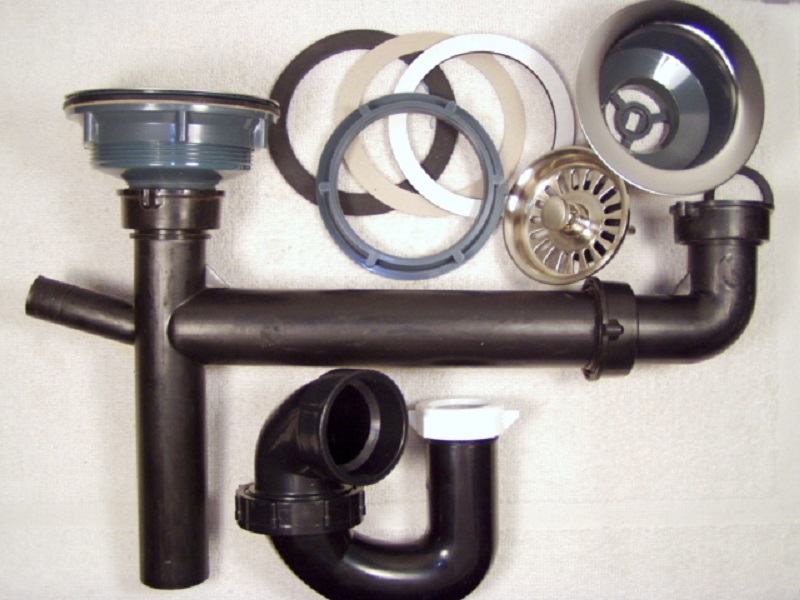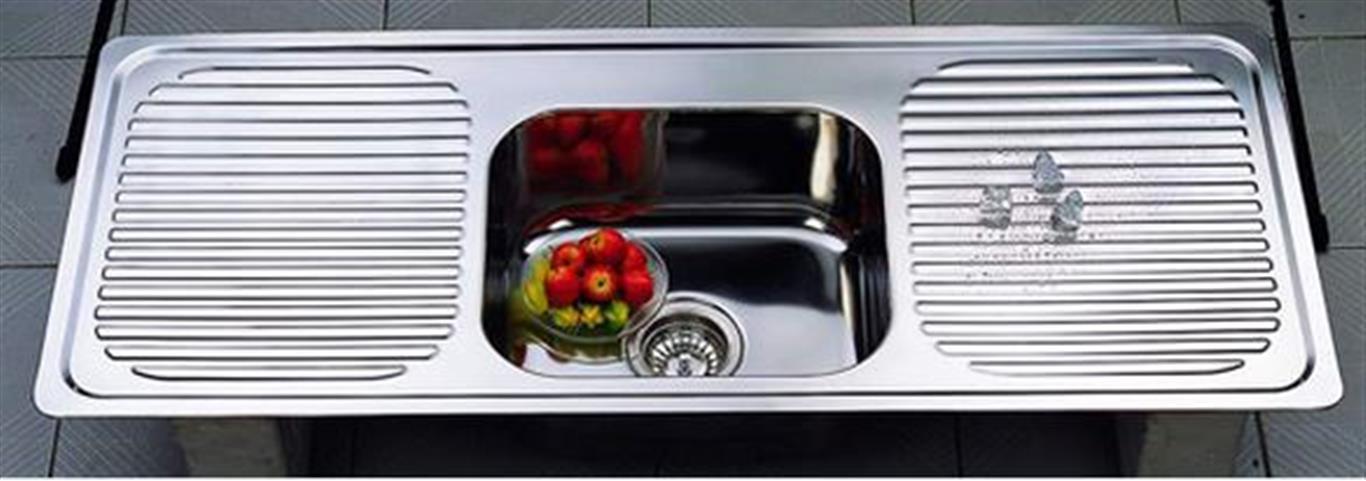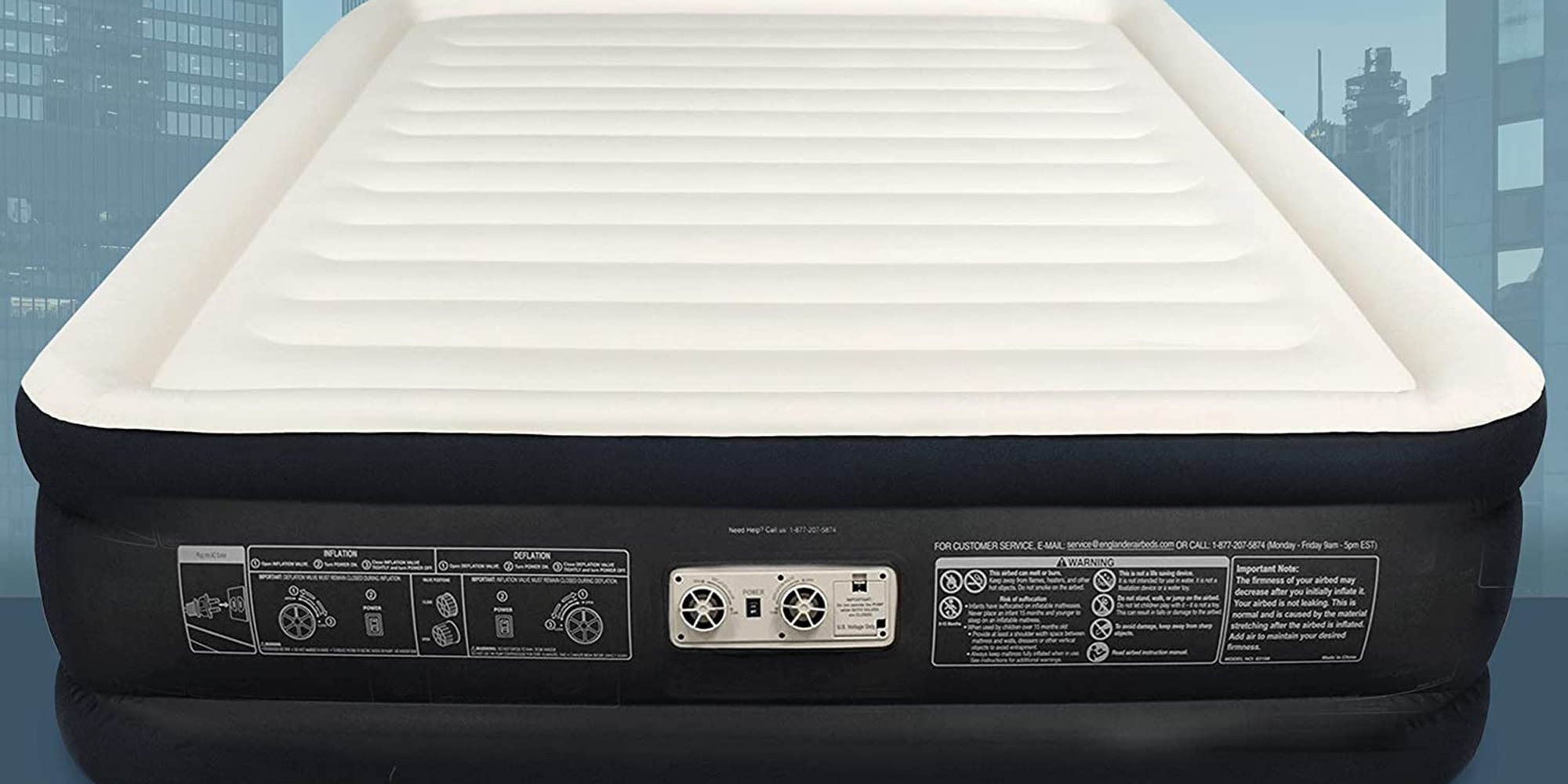The proper placement of a kitchen sink drain is essential for the overall functionality and aesthetics of your kitchen. A well-placed drain can make doing dishes and other kitchen tasks much easier, while also adding to the overall design of your space. If you're in the process of building or renovating your kitchen, it's important to carefully consider the placement of your sink drain. In this article, we'll explore the top 10 main kitchen sink drain placement options and provide tips for choosing the best one for your specific needs.Proper Placement of Kitchen Sink Drain
If you're installing a new kitchen sink, you'll need to know how to properly install the drain as well. The process can vary slightly depending on the type of sink and drain you have, but the basic steps are as follows: Step 1: Assemble the drain components according to the manufacturer's instructions. Step 2: Apply plumber's putty to the underside of the flange and place it in the drain hole in the sink. Step 3: Secure the flange with the mounting ring and tighten the screws. Step 4: Attach the drain pipe to the bottom of the sink and tighten the slip nut. Step 5: Connect the other end of the drain pipe to the P-trap and tighten the slip nuts. Step 6: Test the drain by running water through it and make any necessary adjustments.How to Install a Kitchen Sink Drain
When it comes to placing your kitchen sink drain, there are a few best practices to keep in mind: 1. Consider the location of your dishwasher: If you have a dishwasher, you'll want to make sure that the drain is placed in a convenient location for the dishwasher's discharge hose to connect to. 2. Keep it centered: Placing the drain in the center of the sink can help with water flow and make it easier to access from both sides. 3. Avoid corners: It's best to avoid placing the drain in a corner of the sink as it can make it difficult to access and clean. 4. Leave enough space for a garbage disposal: If you plan on installing a garbage disposal, make sure to leave enough space for it under the sink. 5. Consider the depth of the sink: For deeper sinks, it's best to place the drain closer to the back to prevent water from splashing out.Best Practices for Kitchen Sink Drain Placement
While there are many factors to consider when choosing the placement of your kitchen sink drain, there are also some common mistakes to avoid: 1. Placing the drain too close to the edge: If the drain is too close to the edge of the sink, it can make it difficult to wash larger items or use a dish rack. 2. Not considering other fixtures: Make sure to plan the placement of your sink drain in relation to other fixtures in your kitchen, such as a stovetop or refrigerator. 3. Not thinking about future needs: While it may seem like a small detail now, if you plan on renovating your kitchen in the future, make sure the drain placement will still work with any potential changes. 4. Forgetting about garbage disposal requirements: If you're installing a garbage disposal, make sure to follow the manufacturer's guidelines for the correct placement of the drain. 5. Not considering the size of the sink: The size and shape of your sink can also impact the best placement for the drain. Make sure to take this into account before finalizing the placement.Common Mistakes in Kitchen Sink Drain Placement
When deciding on the placement of your kitchen sink drain, there are a few key factors to consider: 1. Kitchen layout: The layout of your kitchen can play a significant role in the placement of your sink and drain. Make sure to take into account the location of other fixtures, such as windows, cabinets, and appliances. 2. Sink size and shape: As mentioned earlier, the size and shape of your sink can also impact the drain placement. Consider how much space you need for washing dishes and other kitchen tasks. 3. Personal preferences: Ultimately, the best placement for your sink drain will depend on your personal preferences and needs. Consider how you use your kitchen and what placement would work best for you.Factors to Consider for Kitchen Sink Drain Placement
Now that you know what factors to consider, here are a few tips for choosing the best kitchen sink drain placement for your needs: 1. Measure carefully: Make sure to measure your sink and the space under your sink accurately before making a decision on the placement of the drain. 2. Experiment with different options: If you're not sure about the best placement, try out different configurations using cardboard cutouts or tape to get a better idea of how it will work in real life. 3. Consider the type of sink: The type of sink you have, such as top mount or undermount, can also impact the best placement for the drain. 4. Seek professional advice: If you're unsure about the placement, it's always a good idea to consult with a professional plumber who can provide expert advice and ensure proper installation.Tips for Choosing the Right Kitchen Sink Drain Placement
In smaller kitchens, every inch of space matters. Choosing the right placement for your kitchen sink drain can help maximize your workspace and make your kitchen more functional. Here are a few ideas for optimizing space with drain placement: 1. Place the drain in the corner: While we mentioned earlier to avoid placing the drain in the corner, in some cases, it can actually help save space and make it easier to access. 2. Consider a dual sink: If you have enough space, a dual sink can provide separate areas for washing and drying dishes, without taking up extra counter space. 3. Utilize under sink storage: Choosing a drain placement that allows for ample storage space under the sink can help keep your kitchen organized and clutter-free.Maximizing Space with Kitchen Sink Drain Placement
Proper placement of your kitchen sink drain is not just about aesthetics and convenience. It also plays a crucial role in the overall functionality and longevity of your sink and plumbing system. A poorly placed drain can lead to clogs, leaks, and other plumbing issues, which can be costly and time-consuming to fix. By taking the time to carefully consider the placement of your drain, you can prevent these problems and ensure a smooth and efficient kitchen experience.Importance of Proper Kitchen Sink Drain Placement
There is no one-size-fits-all solution when it comes to choosing the ideal kitchen sink drain placement. It will depend on your specific needs and the layout of your kitchen. To determine the best placement for your sink drain, consider all the factors we've discussed in this article, and don't be afraid to experiment with different options until you find the perfect fit.How to Determine the Ideal Kitchen Sink Drain Placement
If you're looking for something unique and different for your kitchen, here are a few innovative ideas for sink drain placement: 1. Off-center placement: While the center is usually the most common placement for the drain, placing it slightly off-center can add a touch of interest and uniqueness to your sink. 2. Wall-mounted drain: For a modern and minimalist look, consider a wall-mounted drain. This can also free up valuable under sink space. 3. Undermount sink with hidden drain: With this option, the drain is hidden under the counter, creating a sleek and seamless look. By carefully considering all the factors and options, you can choose the perfect placement for your kitchen sink drain. Remember to measure accurately, seek professional advice if needed, and consider your personal preferences and needs. With the right placement, your kitchen sink can become a functional and stylish centerpiece of your kitchen.Innovative Kitchen Sink Drain Placement Ideas
The Importance of Proper Kitchen Sink Drain Placement

Efficient Functionality
:max_bytes(150000):strip_icc()/how-to-install-a-sink-drain-2718789-hero-24e898006ed94c9593a2a268b57989a3.jpg) When designing a kitchen, it's important to carefully consider the placement of the
kitchen sink drain
. While it may seem like a small detail, the location of the drain can have a significant impact on the overall functionality of your kitchen. A poorly placed drain can cause inconvenience and frustration, while a properly placed one can make your daily tasks easier and more efficient.
When designing a kitchen, it's important to carefully consider the placement of the
kitchen sink drain
. While it may seem like a small detail, the location of the drain can have a significant impact on the overall functionality of your kitchen. A poorly placed drain can cause inconvenience and frustration, while a properly placed one can make your daily tasks easier and more efficient.
Maximizing Space
 One of the main benefits of proper
kitchen sink drain placement
is the ability to maximize space in your kitchen. By strategically placing the drain, you can create more counter space for food prep or other tasks. For example, placing the sink near a corner or at the end of the counter can free up valuable counter space for cooking and food preparation. This can also make your kitchen feel more spacious and less cluttered.
One of the main benefits of proper
kitchen sink drain placement
is the ability to maximize space in your kitchen. By strategically placing the drain, you can create more counter space for food prep or other tasks. For example, placing the sink near a corner or at the end of the counter can free up valuable counter space for cooking and food preparation. This can also make your kitchen feel more spacious and less cluttered.
Preventing Clogs and Leaks
Optimizing Design
 In addition to functionality,
kitchen sink drain placement
can also have a significant impact on the overall design of your kitchen. The sink is often a focal point in the kitchen, and the placement of the drain can affect the visual flow of the space. A well-placed drain can enhance the overall aesthetic of your kitchen and create a more cohesive and visually appealing design.
In addition to functionality,
kitchen sink drain placement
can also have a significant impact on the overall design of your kitchen. The sink is often a focal point in the kitchen, and the placement of the drain can affect the visual flow of the space. A well-placed drain can enhance the overall aesthetic of your kitchen and create a more cohesive and visually appealing design.
Consulting a Professional
 When it comes to
kitchen sink drain placement
, it's always best to consult a professional designer or plumber. They can provide valuable insight and expertise in determining the most efficient and functional placement for your specific kitchen layout and plumbing system. They can also ensure that all building codes and regulations are met, avoiding any potential issues down the line.
When it comes to
kitchen sink drain placement
, it's always best to consult a professional designer or plumber. They can provide valuable insight and expertise in determining the most efficient and functional placement for your specific kitchen layout and plumbing system. They can also ensure that all building codes and regulations are met, avoiding any potential issues down the line.
In Conclusion
 In conclusion, proper
kitchen sink drain placement
is a crucial aspect to consider when designing a kitchen. It can affect functionality, space usage, prevention of clogs and leaks, and overall design. Consulting a professional and carefully considering the placement of the drain can result in a more efficient, functional, and visually appealing kitchen.
In conclusion, proper
kitchen sink drain placement
is a crucial aspect to consider when designing a kitchen. It can affect functionality, space usage, prevention of clogs and leaks, and overall design. Consulting a professional and carefully considering the placement of the drain can result in a more efficient, functional, and visually appealing kitchen.



/how-to-install-a-sink-drain-2718789-hero-24e898006ed94c9593a2a268b57989a3.jpg)





/how-to-install-a-sink-drain-2718789-hero-b5b99f72b5a24bb2ae8364e60539cece.jpg)











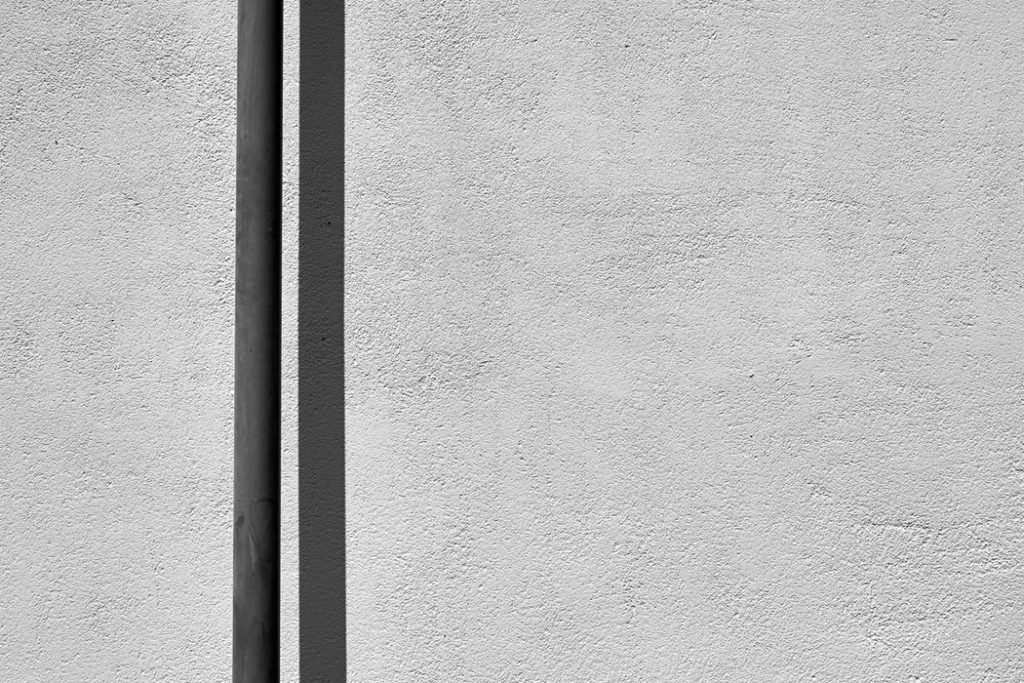








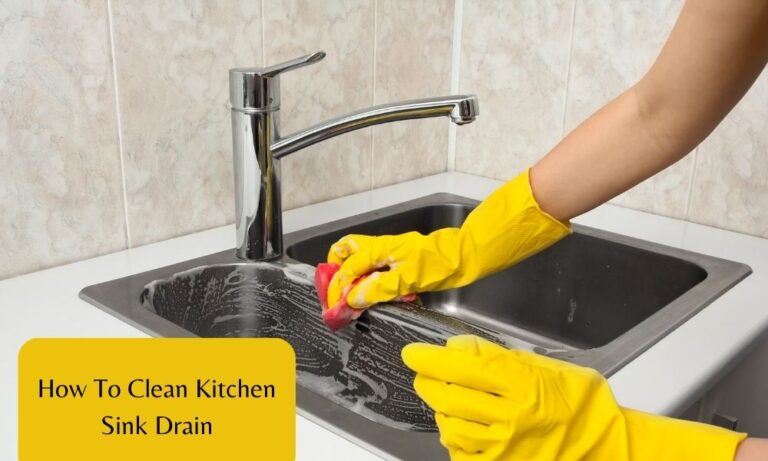





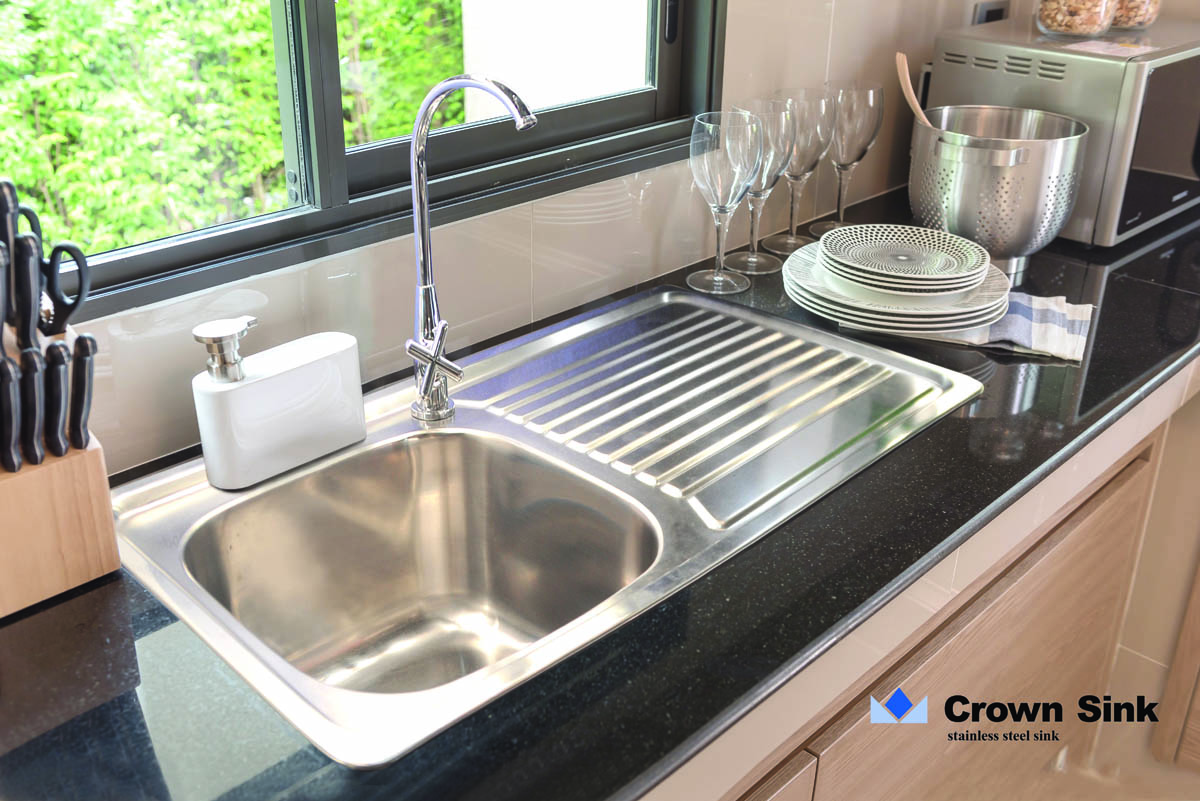





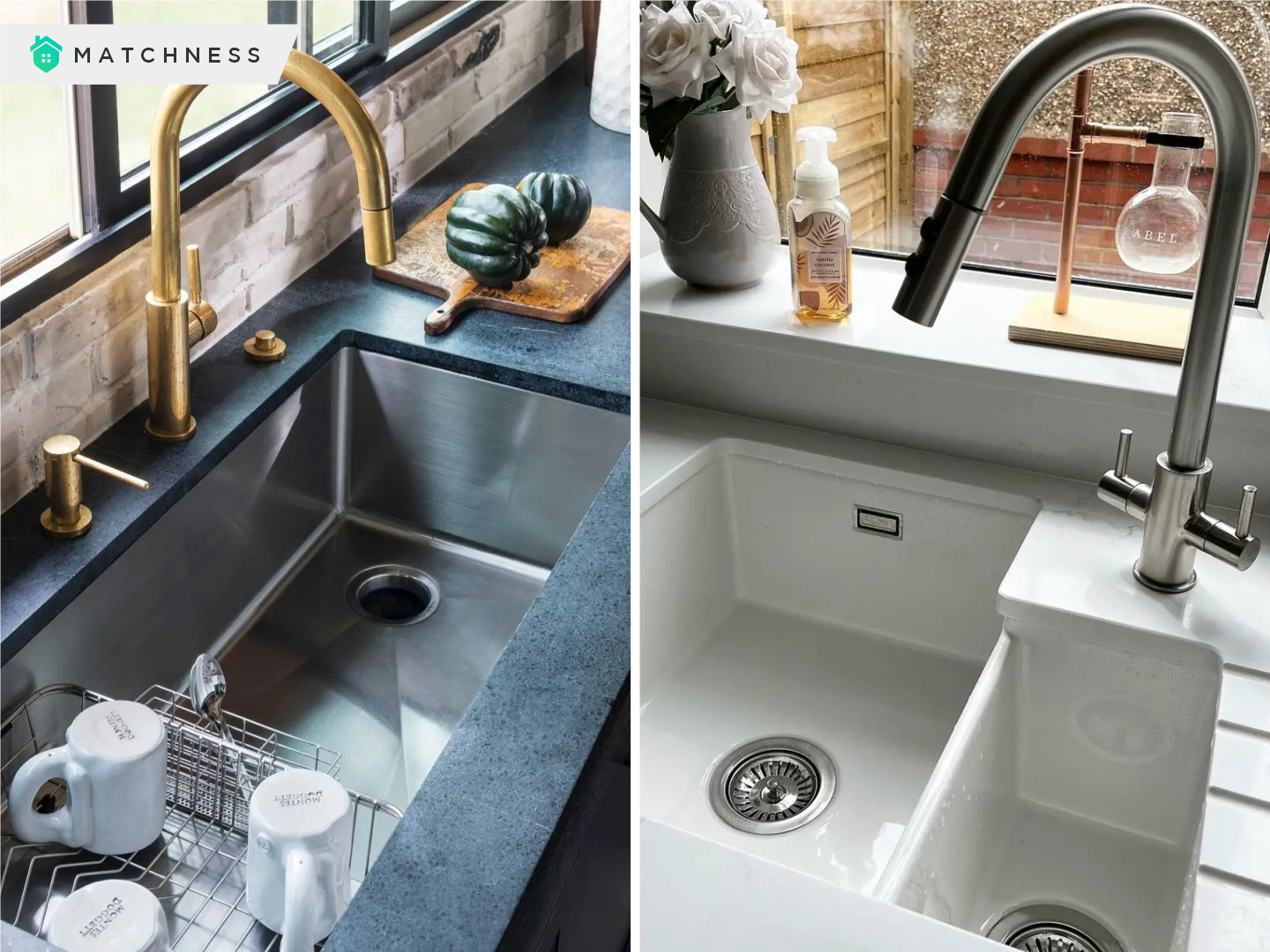

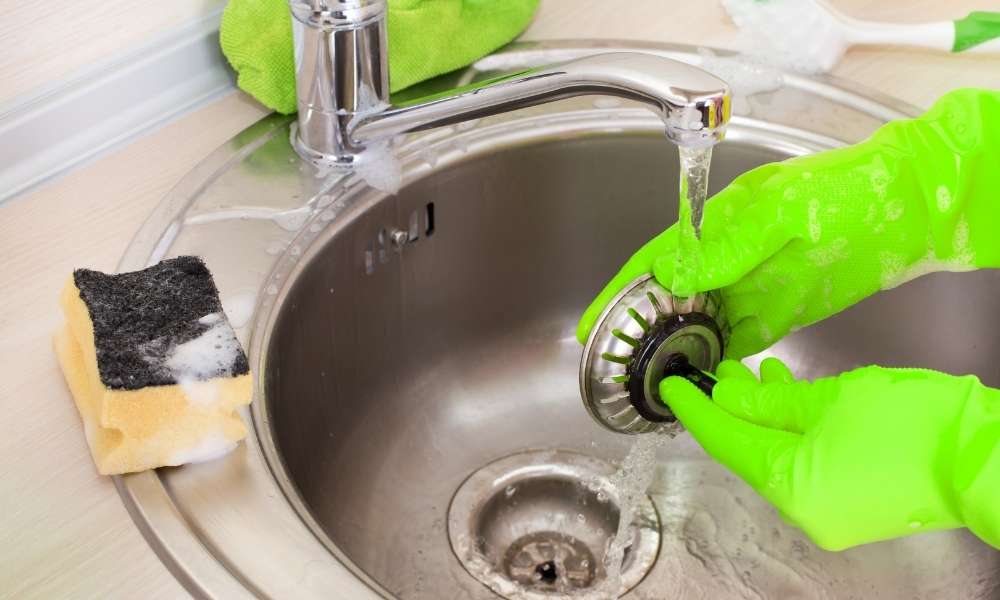










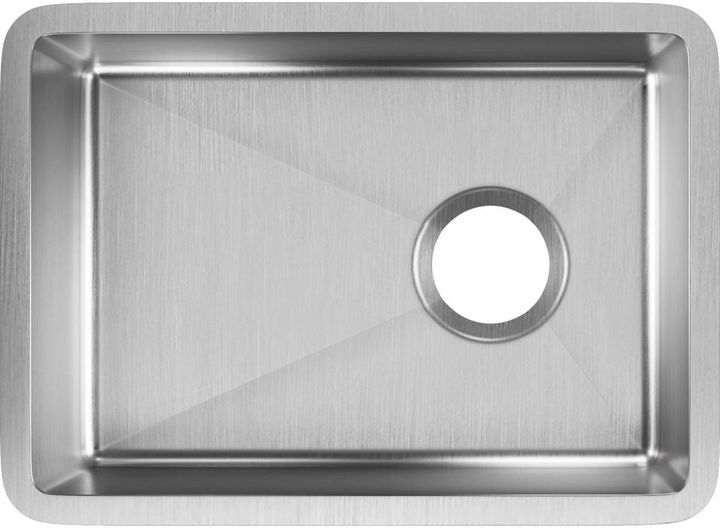
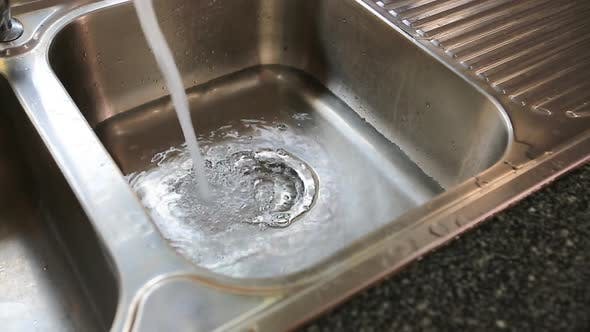



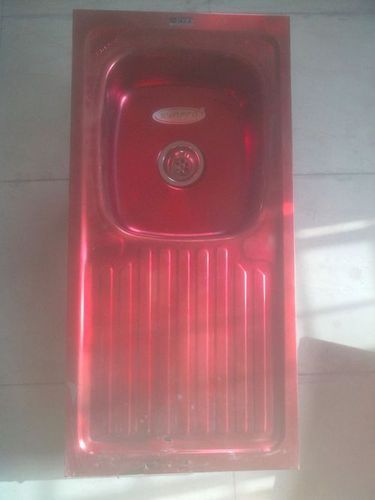

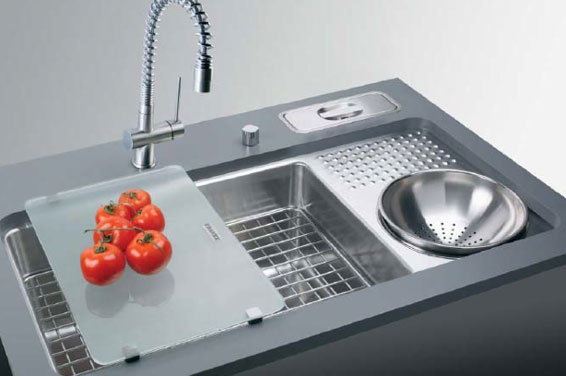
/DrainboardSink-5b05c1f6eb97de0037dd257c.jpg)
